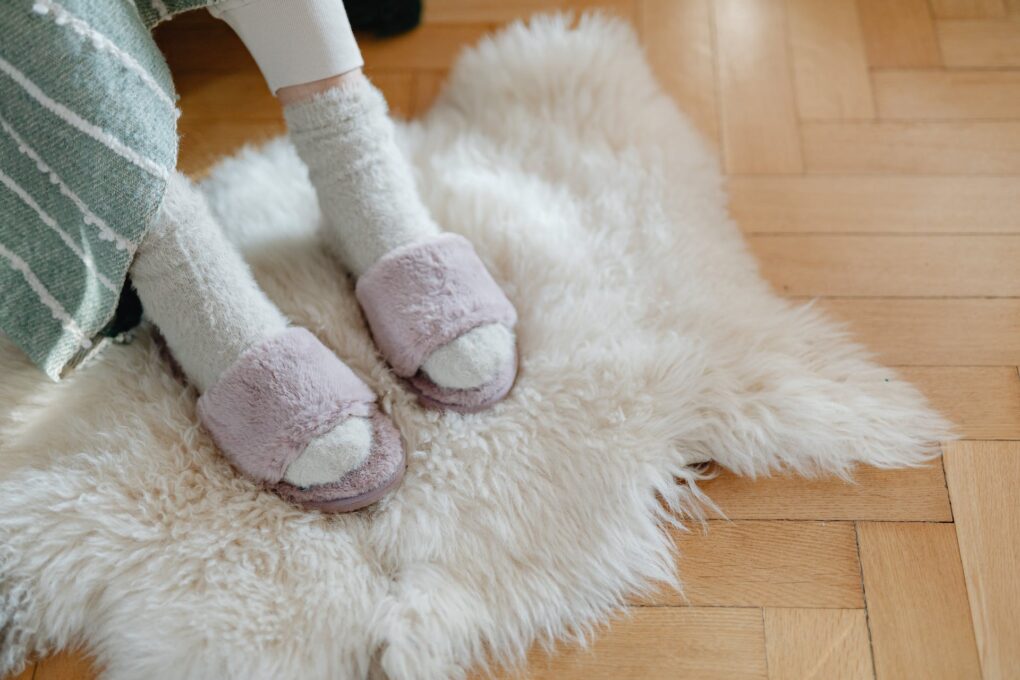Exploring Global Sock Trends
The global sock market is a dynamic landscape influenced by ever-evolving fashion trends. Understanding these trends is crucial for retailers and fashion enthusiasts alike. Here’s a detailed look at the latest sock fashion trends worldwide:
- Overview of Global Sock Fashion Trends:
The diversity of global fashion trends is reflected in the sock market. From classic styles to avant-garde designs, a comprehensive overview helps retailers stay informed about the latest shifts in consumer preferences. - Insights into Emerging Styles:
Examining emerging styles provides valuable insights into the evolving tastes of consumers. Whether it’s bold patterns, vibrant colors, or unique textures, staying abreast of emerging styles ensures that retailers can offer a curated selection. - Design Preferences:
Understanding design preferences is crucial for stocking inventory that resonates with the target audience. Whether consumers lean towards minimalistic designs or prefer elaborate patterns, catering to these preferences enhances the marketability of a sock collection. - Material Innovation:
Innovations in sock materials play a pivotal role in shaping trends. Whether it’s sustainable fabrics, high-performance blends, or unique textures, the market’s response to material innovations guides retailers in making informed stocking decisions. - Cultural Influences on Sock Fashion:
Cultural influences contribute significantly to sock fashion trends. Examining how different cultures impact design choices allows retailers to offer a diverse and inclusive range of socks that appeal to a broad consumer base.
As the global sock market continues to evolve, keeping a finger on the pulse of these trends empowers retailers to curate collections that capture the essence of contemporary fashion.
Sourcing Chic Styles
To excel in the competitive world of sock retailing, delving into the depths of sock categories and materials is essential. Here’s a comprehensive exploration to guide retailers in selecting and curating a trendy sock collection:
- Understanding the Breadth and Depth of Sock Categories:
The sock market boasts a vast array of categories, from everyday essentials to specialized styles. Retailers must grasp the breadth and depth of these categories to offer a well-rounded selection that caters to diverse consumer needs. - Exploring Fashion Trends Across Sock Categories:
Each sock category comes with its unique set of fashion trends. Whether it’s ankle socks, crew socks, or knee-highs, retailers need to stay attuned to the latest style preferences within each category to meet customer expectations. - Innovative Materials Transforming Fashion Socks:
Material innovation is a driving force in the sock industry. From moisture-wicking fabrics for sports socks to sustainable materials for eco-conscious consumers, understanding and incorporating these innovations elevate the appeal of a sock collection. - Specialized Sock Categories for Niche Markets:
Niche markets often have specific sock requirements. Exploring specialized categories tailored to activities like sports, outdoor adventures, or medical needs allows retailers to tap into these lucrative segments with precision. - Curating Collections with a Material-Focused Approach:
Adopting a material-focused approach to curating collections ensures that retailers showcase the latest advancements. Whether it’s bamboo fibers for breathability or smart textiles for enhanced functionality, aligning sock offerings with innovative materials caters to the modern consumer’s demands.
By immersing themselves in the nuances of sock categories and materials, retailers can position themselves as trendsetters in the dynamic and ever-evolving world of fashion socks.

Fashion Pairing Guide: Insights for Trendsetting Buyers
Navigating the intricate art of sock pairing is a skill that sets fashion buyers apart. Here’s a detailed guide offering expert advice on creating unique styles through thoughtful sock combinations:
- Crafting Distinctive Styles with Sock Pairing:
Fashion buyers play a pivotal role in shaping trends by showcasing the art of sock pairing. The ability to combine different sock styles with various outfits defines a unique and personalized fashion statement. - Consideration of Key Elements When Choosing Socks:
To curate a remarkable ensemble, buyers must weigh essential factors such as color, pattern, length, and material. The harmony of these elements ensures that the chosen socks complement the overall look seamlessly. - Balancing Bold and Subtle Choices:
Achieving the right balance between bold and subtle sock choices is an art form. Fashion buyers guide consumers in selecting socks that add a touch of flair without overwhelming the outfit, creating a harmonious and eye-catching effect. - Incorporating Seasonal Trends into Sock Pairing:
Seasonal trends heavily influence fashion choices. Buyers adept at incorporating these trends into sock pairing help consumers stay on point with the latest styles, ensuring their wardrobe remains fresh and in vogue. - Celebrating Individuality through Sock Selection:
A key aspect of fashion is expressing individuality. Fashion buyers encourage customers to embrace their unique style preferences when choosing socks, fostering a sense of confidence and authenticity in their fashion journey.
For fashion buyers, the art of sock pairing goes beyond aesthetics; it’s about curating experiences that empower individuals to express themselves through their fashion choices.
Pioneering Fashion: Collaborating with Designers
Staying ahead in the dynamic world of fashion involves strategic collaborations with designers. This section delves into the advantages and strategies of partnering with designers, offering insightful case analyses of successful brand-designer collaborations:
- Unlocking Creative Synergy:
Collaborating with designers brings a fusion of creative energies, unlocking unique perspectives that elevate the fashion narrative. The synergy between a brand and a designer often leads to innovative and trendsetting collections. - Strategic Benefits of Designer Collaborations:
Beyond creative inspiration, designer collaborations provide strategic advantages. These partnerships can enhance a brand’s visibility, attract a diverse customer base, and position it as an industry innovator. - Building a Cohesive Brand Aesthetic:
Successful collaborations contribute to building a cohesive brand aesthetic. By aligning with designers who share a brand’s vision, companies can create collections that seamlessly integrate into their overall brand identity. - Case Studies: Successful Brand-Designer Partnerships:
Examining real-world examples of fruitful brand-designer collaborations offers valuable insights. Case studies showcase how strategic partnerships have propelled brands to new heights, providing inspiration for future collaborations. - Navigating Challenges and Maximizing Impact:
While designer collaborations offer tremendous potential, navigating challenges is essential. This section provides guidance on overcoming obstacles and maximizing the impact of these partnerships for sustained success.
Collaborating with designers is not merely a trend; it’s a strategic move that propels brands into the forefront of fashion innovation. This exploration highlights the transformative power of such collaborations, offering a roadmap for brands seeking to redefine their narrative through creative alliances.

Seasonal Fashion Forecast: Navigating Style Shifts
Anticipating and adapting to seasonal fashion changes is crucial for staying at the forefront of the industry. This section provides a comprehensive guide to seasonal fashion forecasting, covering methods for prediction and strategies for adjusting inventory to align with evolving style trends:
- Trend Analysis Techniques:
Delve into effective trend analysis methods, including studying runway shows, monitoring fashion influencers, and leveraging data analytics. Understanding the pulse of upcoming trends is essential for accurate forecasting. - Collaboration with Forecasting Agencies:
Explore the benefits of collaborating with fashion forecasting agencies. These partnerships provide access to industry insights, consumer behavior data, and trend forecasts, empowering retailers to make informed decisions. - Utilizing Consumer Insights:
Harness the power of consumer insights by analyzing purchasing behavior, social media trends, and customer feedback. Incorporating consumer perspectives enhances the accuracy of predicting which styles will resonate during specific seasons. - Agile Inventory Management:
Implement agile inventory management strategies that allow for flexibility in response to changing style preferences. This includes optimizing stock levels, minimizing excess inventory, and swiftly adapting to emerging trends. - Strategies for Sustainable Adaptation:
Consider sustainable practices in adjusting inventory to seasonal changes. Balancing the need for trend responsiveness with sustainability ensures that businesses remain not only stylish but also mindful of environmental impact.
By mastering the art of seasonal fashion forecasting, retailers can proactively position themselves in alignment with evolving consumer preferences. This section provides actionable insights, empowering businesses to navigate the dynamic landscape of style shifts and ensure their inventory is always a step ahead.







